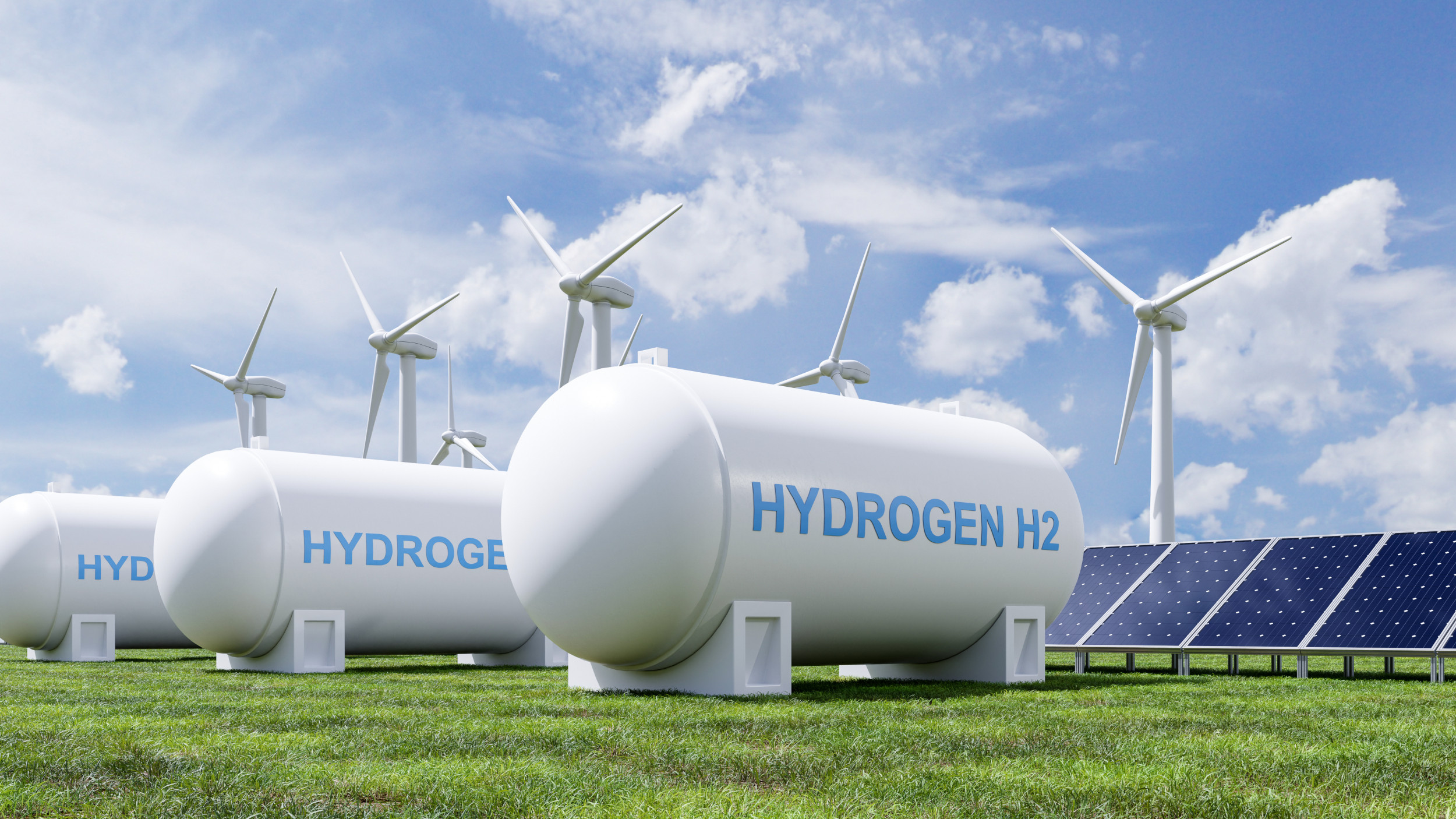A strategic deal for the supply of green hydrogen was signed by the Moroccan Gaia Energy and the Israeli hydrogen company H2Pro. The Grand Technion Energy Program at the Technion – Israel Institute of Technology in Haifa, northern Israel, produced the breakthrough that gave rise to H2Pro. The company uses a method that uses electricity more effectively to separate hydrogen from oxygen in a number of phases.
In order to power Africa with renewable energy, Gaia Energy collaborates with major utilities, national grid operators, and governments. It is working on projects with a combined capacity of six gigawatts. And it also has plans for seven further projects with a total capacity of forty gigawatts across the continent.
According to Moundir Zniber, founder and CEO of Gaia Energy, Morocco has vast land available for gigawatt-scale energy generation. It would be mostly powered by solar photovoltaic panels and wind turbines.
Also Read: Talks underway for construction of 10 gigawatts of wind and solar power plants in Morrocco
The MoU signed for the supply of green hydrogen set to meet 20% of the demand in Europe
He said, “This might be utilized to generate enough supply of green hydrogen at the lowest cost possible to meet 20% of the demand in Europe. Additionally, the new partnership will make it possible to integrate H2Pro’s technology. And examine whether it is feasible to manufacture H2Pro’s electrolyzers in the country of North Africa.”
According to H2Pro CEO Talmon Marco, who has had success with the messaging service Viber and the ride-hailing app Juno, this is by far the company’s largest business deal to date. The business already has a facility in the Tziporit industrial zone near Nazareth and a 200-megawatt cooperation with Doral Energy.
Asked what the deal was worth, Marco said, “It’s hundreds of millions of dollars, if not more, on gigawatt scale. However, the technology is still not mature enough for us, but this is unquestionably a step in the right direction. The company will start producing 10-megawatt demonstration units in 2024. And the first commercial systems with capacities of 25 megawatts and higher will be available in 2025. Additionally, it would take numerous systems in the 50 to 100mw range to reach a gigawatt.”

